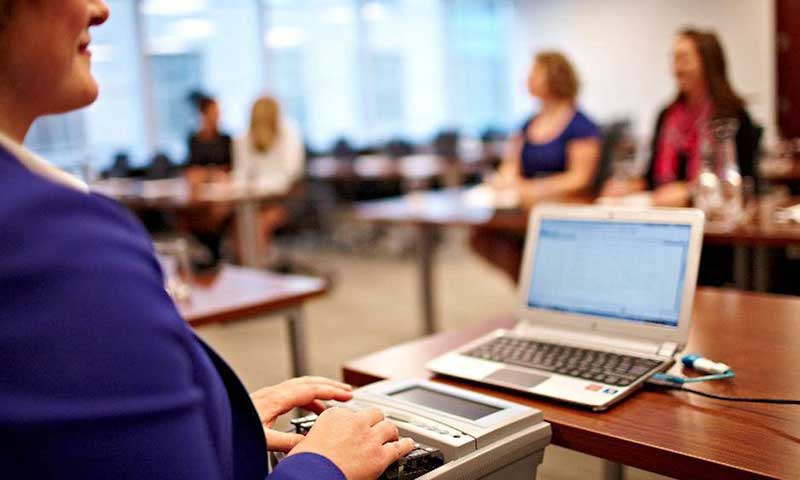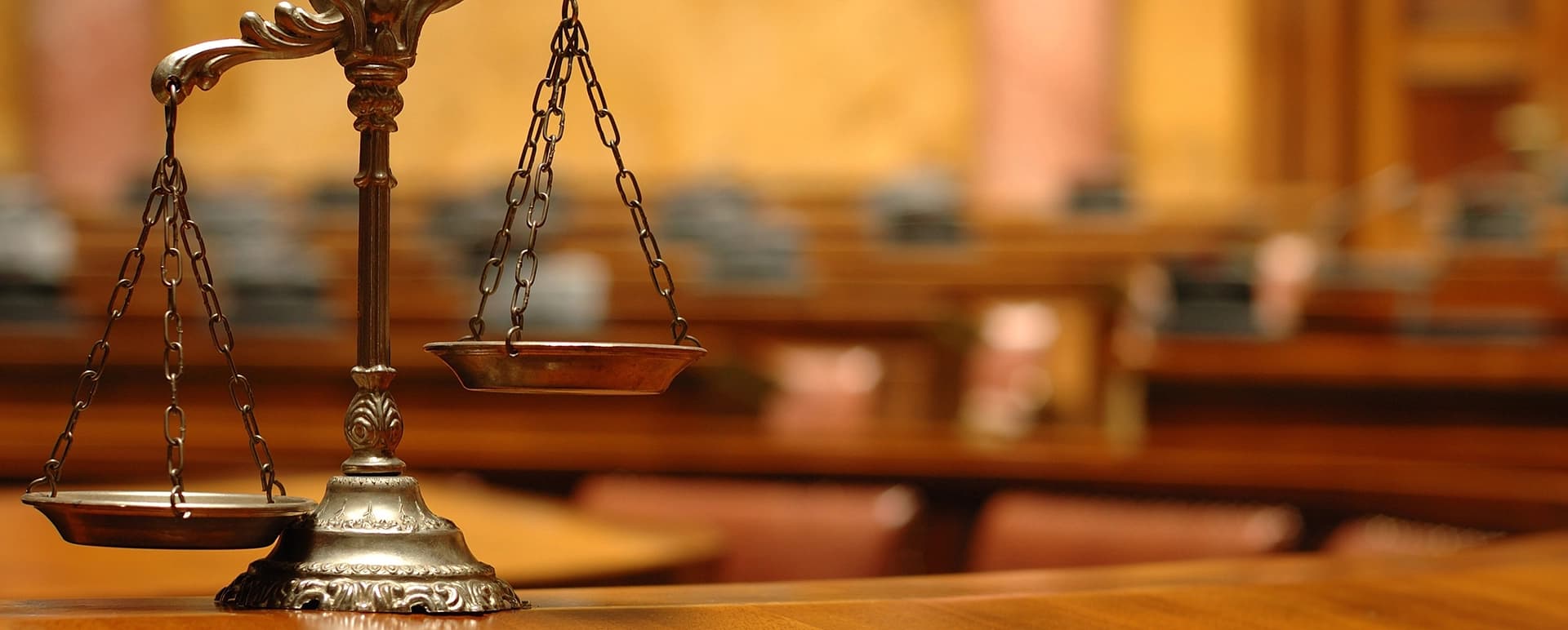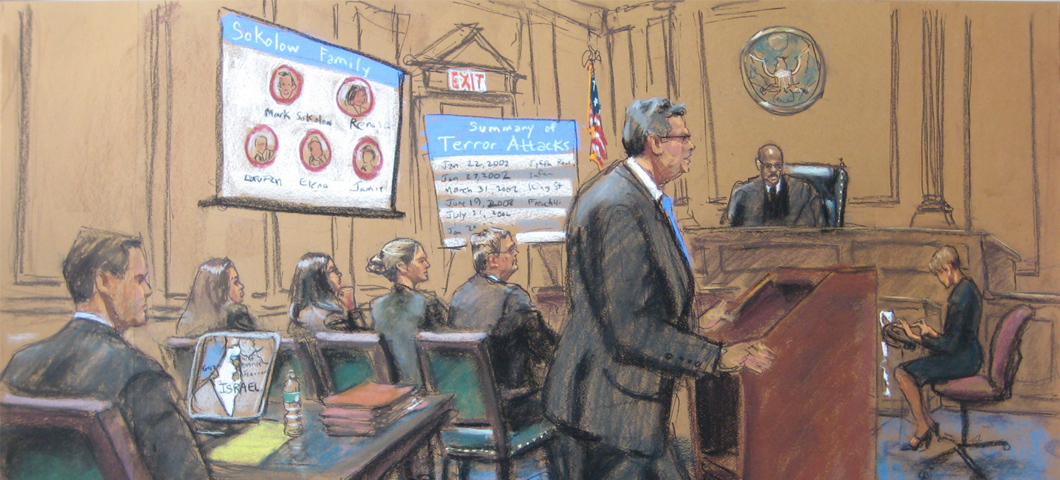Astound the Court: Necessary Aspects of a Powerful Trial Presentation
In the world of lawful advocacy, the capability to mesmerize a jury is paramount to the end result of a test (trial presentation). Vital elements such as recognizing the target market, crafting a compelling story, and grasping spoken and non-verbal communication are crucial parts of a reliable presentation. In addition, the calculated use aesthetic aids can significantly improve comprehension and retention of key debates. As these variables intertwine, they create a cohesive technique that not just notifies but additionally engages jurors on numerous levels. What details techniques can absolutely change a conventional discussion into a remarkable experience for the jury?

Understanding Your Audience
Understanding your audience is a crucial element of efficient test discussion. An effective discussion rests on the ability to comprehend the demographics, values, and predispositions of jurors. This comprehension notifies exactly how disagreements are mounted, proof is offered, and sob stories are crafted, making sure that the message resonates with the jurors on a personal level.
Research shows that jurors come from varied histories and might have differing levels of understanding regarding lawful procedures. Additionally, recognizing the jurors' possible biases and life experiences permits the test speaker to prepare for arguments and address concerns proactively.
Effective trial discussion additionally includes observing jurors' responses during the procedures. Involving with jurors as individuals instead than a collective unit is necessary in promoting a solid link in the courtroom.

Crafting an Engaging Narrative
Crafting a compelling story is necessary in directing jurors via the intricacies of a case. A well-structured story not only simplifies detailed legal concepts however also involves jurors on a psychological level, making the details a lot more relatable and unforgettable.
This message should resonate with the jurors' worths and experiences, fostering a connection that goes beyond plain facts. This chronological technique can aid jurors follow the development of events, stressing reason and effect.
Integrating human aspects-- such as individual tales or anecdotes-- can additionally boost the story's impact. These elements evoke empathy, enabling jurors to envision the consequences of the situation on realities. In addition, using a consistent theme throughout the presentation reinforces the primary disagreement, making it less complicated for jurors to retain crucial points.
Eventually, an engaging narrative transforms a trial discussion from a mere recitation of facts into a persuasive story that captivates the jury, encouraging them to ponder with both factor and feeling.
Using Aesthetic Aids
Including aesthetic aids right into a test discussion can substantially improve jurors' comprehension and retention of information. Aesthetic materials such as charts, diagrams, photographs, and video clips can change complex lawful principles and evidence right into conveniently digestible formats. By involving several senses, these help enable jurors to imagine the instance's crucial components, making it less complicated for them to adhere to along and understand intricate information.
Furthermore, well-designed aesthetic aids can highlight important points and emphasize connections in Visit This Link between different items of evidence. For example, timelines can properly show the sequence of occasions, while annotated images can clear up certain details relevant to the situation. This not only help in understanding but likewise enhances the narrative offered by the attorney.
It is crucial, however, to make certain that visual help are pertinent, clear, and expertly provided. Extremely intricate or cluttered visuals may bewilder jurors and detract from the message. When used deliberately, visual aids offer to match the dental disagreements and enhance the general effect of the test presentation. Ultimately, efficient aesthetic communication can be a powerful tool in encouraging jurors and aiding them reach informed final thoughts.
Mastering Verbal Communication
Effective spoken interaction is vital in a test discussion, as it serves as the primary means via which lawyers communicate their arguments and connect with jurors. Simpleness in language cultivates understanding and aids jurors comprehend complex issues offered throughout the trial.
Furthermore, tone and pacing considerably influence exactly how messages are obtained. A certain tone communicates authority, while proper pacing allows jurors to absorb information without feeling bewildered. Attorneys should additionally differ their vocal inflections to stress crucial points and keep jurors' passion throughout the presentation.
Additionally, the company of verbal debates is necessary. Structuring the narrative rationally and coherently helps jurors adhere to the attorney's logic, making it much easier for them to keep critical info. Using influential techniques, such as narration, can additionally improve the psychological vibration of the disagreements offered, thus developing a more extensive connection with jurors.
Inevitably, grasping spoken communication not only reinforces an attorney's situation yet also promotes trust fund and connection with the court, considerably boosting the chances of a beneficial judgment.

Involving With Body Language
Nonverbal communication plays a content crucial role in test presentations, often sharing messages that words alone can not reveal. Body language, incorporating gestures, posture, faces, and eye contact, substantially influences exactly how jurors view the trustworthiness and sincerity of the presenter. A certain stance, with shoulders back and an open stance, can instill trust fund, while closed-off body language might suggest defensiveness or unpredictability.

Faces must show the emotions related to the case, strengthening the story existing. For example, an honest expression during a touching minute can elicit compassion and strengthen the psychological appeal. Ultimately, mastering body movement is necessary for effective trial discussions, as it boosts verbal communication and develops an engaging existence that resonates with the court.
Conclusion
To conclude, captivating the jury demands a strategic method that encompasses recognizing the audience, crafting a compelling story, making use of aesthetic aids, grasping verbal interaction, and involving through body language. Each aspect plays an essential function in producing an effective test discussion that reverberates with jurors on both psychological and intellectual degrees (trial presentation). By incorporating these parts successfully, lawful specialists can significantly enhance their ability to convince and influence jury decision-making